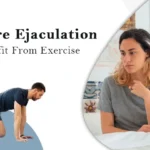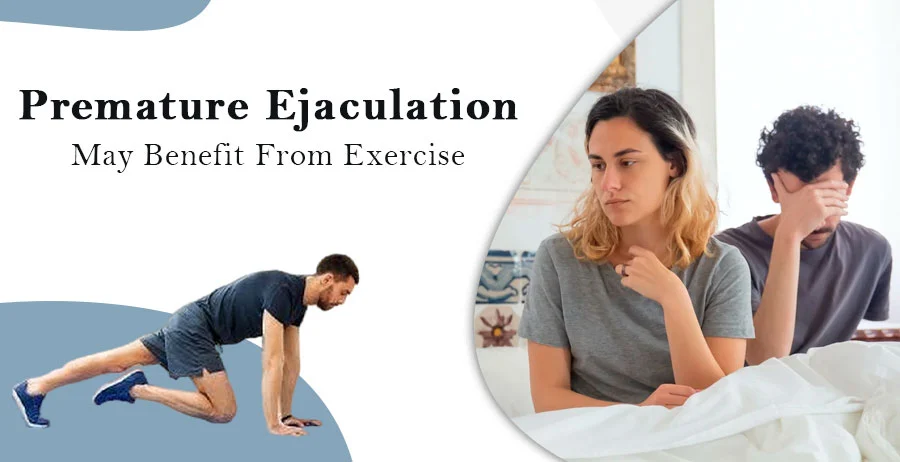We all know the feeling: lying in bed, staring at the ceiling, and desperately wanting to fall asleep. Despite being exhausted, your brain refuses to shut down. Today’s fast-paced and stressful lifestyle, filled with financial worries, long working hours, and personal stress, can make it incredibly hard to unwind and get a restful night’s sleep.
If you often find yourself in this situation, deep breathing exercises might be the solution you need. These simple yet effective techniques can help calm your mind and body, making it easier to drift off into a peaceful slumber. Let’s explore eight breathing techniques that can enhance your sleep quality.
Why Deep Breathing?
Deep breathing helps to calm the nervous system by increasing oxygen levels in the blood and slowing the heart rate. This can lead to reduced stress, lower blood pressure, and relaxation of muscles, which are essential for a good night’s sleep. Here are eight techniques to help you sleep better:
1. 4-7-8 Breathing
How to Do It:
- Sit or lie down comfortably.
- Place the tip of your tongue on the roof of your mouth, just behind your front teeth.
- Exhale completely through your mouth, making a whooshing sound.
- Close your mouth and inhale quietly through your nose for four seconds.
- Hold your breath for seven seconds.
- Exhale completely through your mouth, making a whooshing sound, for eight seconds.
- Repeat this cycle four to five times.
Benefits:
- Replenishes oxygen in the body.
- Promotes relaxation and helps you unwind.
- Can help induce sleep.
Precautions:
- Avoid if you have respiratory issues.
- Start slowly to prevent dizziness.
2. Bhramari Pranayama
Bhramari Pranayama, also known as the humming bee breath, is a yogic Deep breathing exercise known for its calming effects.
How to Do It:
- Sit on your bed with a straight back.
- Close your eyes and cover your ears with your thumbs.
- Place your index fingers over your eyebrows and the rest of your fingers over your eyes.
- Apply gentle pressure on the sides of your nose with your ring fingers.
- Close your mouth and breathe in deeply through your nose.
- Exhale slowly through your nose while making a humming sound.
- Repeat four to five times.
Benefits:
- Reduces heart and Deep breathing rates.
- Calms the mind.
- Prepares the body for deep sleep.
Precautions:
- Avoid if you have ear infections.
- Do not press too hard on your nose.
3. Diaphragmatic Breathing
Also known as belly Deep breathing, this technique strengthens your diaphragm and helps you breathe more efficiently.
How to Do It:
- Lie on your back with a pillow under your knees, or sit in a chair.
- Place your left hand on your chest and your right hand on your belly.
- Inhale deeply through your nose, letting your stomach rise.
- Exhale slowly through pursed lips.
- Repeat several times.
Benefits:
- Strengthens diaphragm and lung muscles.
- Calms the mind.
- Promotes good sleep.
Precautions:
- Avoid if you have severe respiratory conditions.
- Start slowly to avoid lightheadedness.
4. Three-Part Breathing Exercise
This technique, often used in yoga, helps you become aware of your body and your breath.
How to Do It:
- Inhale deeply, focusing on your belly, then your chest, and finally your collarbone.
- Exhale fully, reversing the process and focusing on how your body feels.
- Slow your exhale until it is twice as long as your inhale.
- Repeat several times.
Benefits:
- Enhances body awareness.
- Promotes relaxation.
- Easy to practice.
Precautions:
- Avoid if you feel dizzy.
- Start slowly and increase duration gradually.
5. Alternate Nostril Breathing (Nadi Shodhan Pranayama)
This technique balances your nervous system and reduces stress.
How to Do It:
- Sit cross-legged with a straight back.
- Close your right nostril with your thumb and inhale through your left nostril.
- Close your left nostril with your ring finger and exhale through your right nostril.
- Inhale through your right nostril, then close it and exhale through your left nostril.
- Repeat several cycles.
Benefits:
- Reduces stress and anxiety.
- Balances the nervous system.
- Promotes mental clarity.
Precautions:
- Avoid if you have nasal congestion or infection.
- Practice gently to avoid nasal irritation.
6. Buteyko Breathing
This technique is designed to normalize Deep breathing patterns and reduce hyperventilation.
How to Do It:
- Sit cross-legged with your mouth closed.
- Breathe normally through your nose for 30 seconds.
- Breathe intentionally through your nose.
- Gently close your nose with your thumb and forefinger until you need to breathe.
- Inhale and exhale deeply through your nose.
Benefits:
- Normalizes Deep breathing patterns.
- Reduces hyperventilation.
- Promotes relaxation.
Precautions:
- Avoid if you have severe respiratory issues.
- Start slowly to avoid discomfort.
7. Box Breathing
Box breathing, also known as square Deep breathing, is used by many to reduce anxiety and improve focus.
How to Do It:
- Sit with a straight back.
- Inhale for four seconds, filling your lungs completely.
- Hold your breath for four seconds.
- Exhale through your mouth for four seconds.
- Hold your breath for four seconds.
- Repeat several times.
Benefits:
- Reduces anxiety.
- Enhances focus and concentration.
- Promotes calmness.
Precautions:
- Avoid if you feel lightheaded.
- Start slowly and increase duration gradually.
8. Papworth Method
This method focuses on Deep breathing more naturally and can help reduce yawning and sighing.
How to Do It:
- Sit with a straight back.
- Inhale deeply while counting to four.
- Exhale through your nose or mouth while counting to four.
- Focus on your belly rising and falling.
- Listen to your breath.
Benefits:
- Promotes natural Deep breathing.
- Reduces yawning and sighing.
- Calms the mind.
Precautions:
- Avoid if you have severe respiratory conditions.
- Start slowly to prevent discomfort.
Incorporating These Techniques into Your Routine
The key to benefiting from these breathing exercises is consistency. Incorporate them into your nightly routine, and you’ll soon notice an improvement in your sleep quality. Here are a few tips to help you get started:
- Choose a Comfortable Position: Whether you’re sitting or lying down, make sure you’re comfortable. This will help you focus on your breathing without any distractions.
- Set the Mood: Dim the lights, play some calming music, or use essential oils like lavender to create a relaxing atmosphere.
- Be Patient: It might take a few tries to get the hang of these techniques. Don’t get discouraged if you don’t see immediate results. Keep practicing!
- Combine Techniques: Feel free to mix and match different breathing techniques to find what works best for you.
Practice Mindfulness: Focus on your breathing and let go of any distracting thoughts. Mindfulness can enhance the benefits of these exercises.











